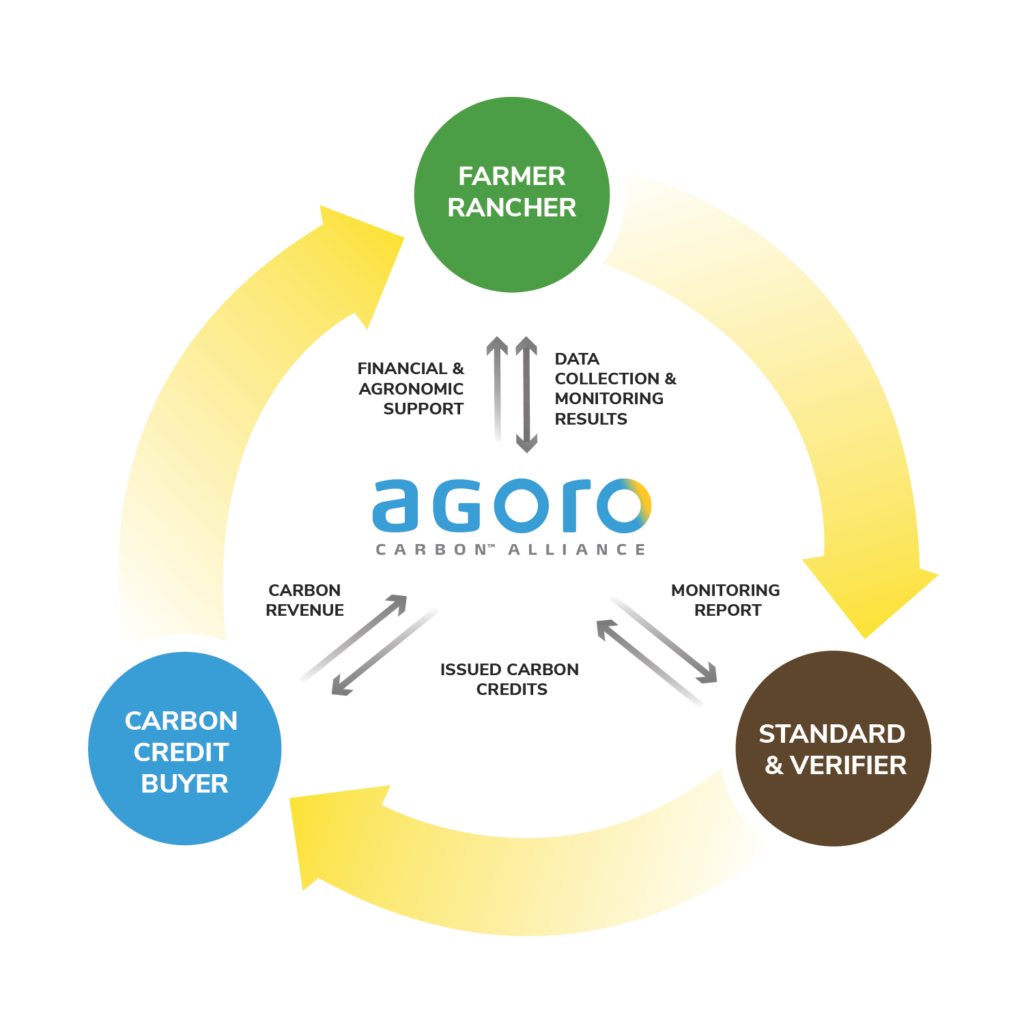Agoro Carbon FAQs
Or choose a category to quickly find the help you need
Recent FAQs
How does the fertilization practice work?
We allow any nitrogen-based fertilizers, including those of biologic origin, for the fertilization practice. We seek to influence the system's net primary productivity through nitrogen fertilizers, as grasslands are often nitrogen-limited. The goal is to increase plant productivity and microbial activity, which leads to enhanced carbon deposition in the form of root exudates, root tissues, and above-ground plant residues, as well as enhanced decomposition of plant-derived carbon through microbial activity and carbon use efficiency. Agoro Carbon does not push any specific type of fertilizer. Instead, we offer local, customized agronomic advice tailored to producer needs.
What practices does Agoro Carbon offer to ranchers and livestock producers?
Agoro Carbon offers three practice change options to ranchers: rotational grazing (alternating stocking rates, grazing days to improve yield and forage intake for livestock and crating more pastures), adding biodiversity (adding plant species to improve forage yield) and fertilization (judicious use of fertilizer helps optimize carbon storage, yield potential and forage).
Can you explain why your carbon credits are “high quality”?
Agoro Carbon credits are additional and encompass strong permanence characteristics contribute to a variety of benefits beyond carbon reduction and sequestration, and are reinforced by a robust MRV framework underpinned by physical soil sample measurements for baselining and verification, and enhanced through precise modeling.
Can you give me a high-level summary of how your projects work?

What other benefits do your projects bring?
Soil, water, social, financial, and biodiversity. There is ample research that shows that the regenerative practices supported by Agoro Carbon can lead to better water use efficiency, reduced soil erosion, increased biodiversity, and increased crop resilience to extreme weather events.



